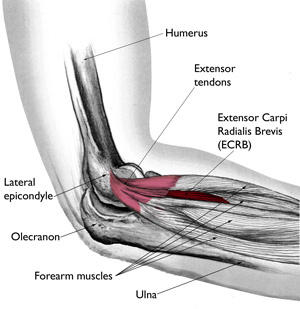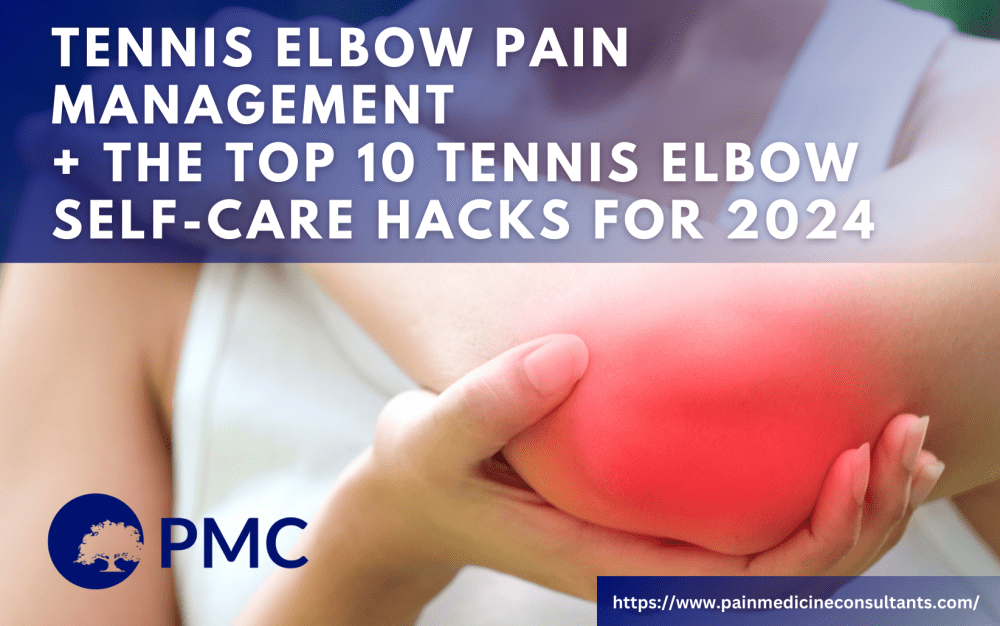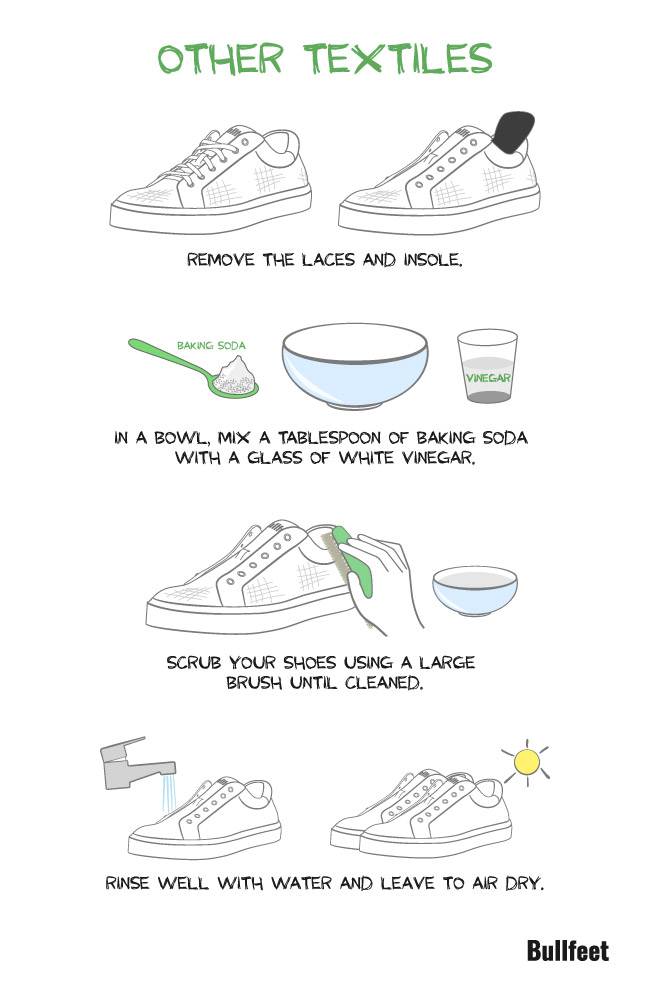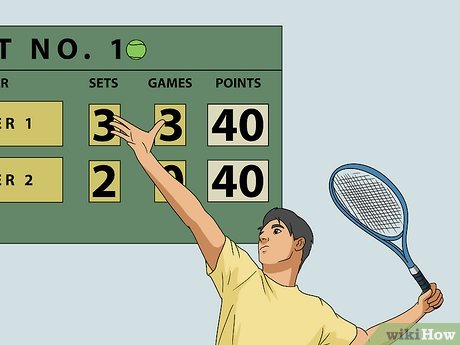Tennis elbow can cause significant pain and discomfort. It’s crucial to care for it properly.
Tennis elbow, or lateral epicondylitis, affects many active individuals. This condition involves the overuse of arm and forearm muscles, leading to elbow pain. Simple tasks become challenging due to the discomfort. Proper care can alleviate symptoms and speed up recovery.
Understanding effective care techniques is essential for anyone suffering from this condition. In this blog post, we’ll explore practical ways to manage tennis elbow. These tips can help reduce pain and improve daily function. Whether you’re an athlete or someone experiencing elbow pain from daily activities, this guide will provide valuable insights. Let’s dive into the best practices for caring for tennis elbow.
Recognizing Tennis Elbow
Tennis elbow, or lateral epicondylitis, is a painful condition. It occurs when tendons in the elbow are overloaded. This often happens due to repetitive motions of the wrist and arm. Understanding the symptoms and causes can help in recognizing it early.
Symptoms
Look for these common symptoms of tennis elbow:
- Pain and tenderness on the outer part of the elbow.
- Weak grip strength.
- Pain when lifting or bending the arm.
- Pain when performing simple actions, like turning a doorknob.
- Swelling around the elbow joint.
Causes
Tennis elbow is not just for tennis players. Here are common causes:
- Repetitive use of the wrist and arm.
- Activities that strain the elbow, like painting or carpentry.
- Playing racket sports, such as tennis or squash.
- Using improper technique in sports.
- Typing on a keyboard for long periods.
Recognizing these symptoms and causes can help identify tennis elbow early. Addressing it promptly can lead to better outcomes.

Credit: www.youtube.com
Immediate Relief
Tennis elbow can cause significant pain and discomfort. Getting immediate relief is crucial. Here are some simple steps to ease the pain and speed up recovery.
Resting The Arm
Resting the arm is essential for healing. Avoid activities that strain the elbow. This includes lifting, gripping, or carrying heavy objects. Give your arm a break. Use a sling if needed to limit movement. This helps reduce stress on the affected area.
Ice Application
Applying ice can greatly reduce pain and swelling. Use an ice pack wrapped in a cloth. Apply it to the elbow for 15-20 minutes. Do this several times a day. Ice helps numb the area and reduces inflammation. Avoid placing ice directly on the skin to prevent frostbite.
Pain Management
Dealing with tennis elbow can be quite a challenge. Pain management is a vital part of the healing process. It helps you stay comfortable and continue your daily activities. There are various ways to manage pain effectively.
Over-the-counter Medications
Over-the-counter medications can help ease the pain of tennis elbow. Nonsteroidal anti-inflammatory drugs (NSAIDs) like ibuprofen or naproxen reduce inflammation and pain. They are easy to find in any pharmacy. Always follow the dosage instructions on the package.
Pain Relief Creams
Pain relief creams can also be effective. These topical treatments are applied directly to the skin. They can help reduce pain and inflammation in the affected area. Look for creams that contain menthol or capsaicin. These ingredients provide a cooling or warming sensation, which can distract from the pain.

Credit: www.covenanthealth.com
Physical Therapy
Physical therapy helps to reduce pain and improve movement in tennis elbow. It involves a combination of stretching and strengthening exercises. This can help the affected muscles and tendons heal faster.
Stretching Exercises
Stretching exercises are crucial for managing tennis elbow. These exercises help to improve flexibility and reduce muscle tension. Here are some effective stretching exercises:
- Wrist Extensor Stretch: Extend your arm in front, palm down. Use the other hand to gently pull your fingers back. Hold for 15-30 seconds. Repeat 2-3 times.
- Wrist Flexor Stretch: Extend your arm in front, palm up. Use the other hand to gently pull your fingers back. Hold for 15-30 seconds. Repeat 2-3 times.
Strengthening Exercises
Strengthening exercises help build endurance in the muscles around the elbow. This can prevent future injuries. Here are some exercises to try:
- Towel Twist: Hold a towel with both hands. Twist it as if wringing out water. Do this for 10-15 seconds. Repeat 2-3 times.
- Wrist Curls: Use a light dumbbell or a small can. Sit down and rest your forearm on your thigh, palm up. Curl your wrist up and down. Do 10-15 reps. Repeat 2-3 times.
Consistently practicing these exercises can help alleviate tennis elbow pain. They support muscle recovery and prevent future strain.
Lifestyle Adjustments
Tennis elbow can cause significant discomfort. Making some lifestyle adjustments can help manage and reduce pain. These changes can be simple yet highly effective.
Ergonomic Changes
Ergonomic changes can make a big difference. Start with your workstation. Ensure your desk and chair height are suitable for your body. Your keyboard and mouse should be within easy reach. This reduces unnecessary strain on your elbow.
Use a chair with good back support. Sit with your feet flat on the ground. Keep your wrists straight when typing. Use an ergonomic mouse. These small adjustments can minimize stress on your arm and elbow.
Consider using a standing desk. It helps to alternate between sitting and standing. This improves blood flow and reduces muscle fatigue. A supportive wrist brace can also provide relief and prevent further injury.
Activity Modification
Activity modification is crucial. Avoid activities that cause pain. Limit repetitive motions that strain your elbow. Sports like tennis or activities like painting can worsen your condition.
Take frequent breaks. Rest your arm and elbow. Use ice packs to reduce swelling. Apply ice for 15-20 minutes. Do this several times a day. This helps in reducing inflammation and pain.
Engage in low-impact activities. Swimming or cycling are good alternatives. These exercises keep you active without stressing your elbow. Gentle stretching and strengthening exercises can also help. Consult a physical therapist for tailored exercises.
Using proper equipment is key. For tennis, use a racquet with a larger grip. This reduces the strain on your elbow. Also, consider using a softer string tension. This absorbs more shock and reduces impact.
Alternative Treatments
Dealing with tennis elbow can be challenging, but several alternative treatments offer relief. These methods focus on reducing pain and improving mobility without relying on medications.
Acupuncture
Acupuncture involves inserting thin needles into specific points on the body. This ancient Chinese practice aims to balance energy flow and reduce pain. Many people with tennis elbow find acupuncture effective. The needles can stimulate nerves, muscles, and connective tissues. This may boost your body’s natural painkillers and promote healing.
Massage Therapy
Massage therapy helps relieve muscle tension and improve circulation. A skilled therapist can target the affected area. They use different techniques to reduce pain and inflammation. Regular sessions can enhance flexibility and strength. Deep tissue massage focuses on the deeper layers of muscles. It can help break up scar tissue and adhesions. This process promotes healing and reduces discomfort.
Preventative Measures
Tennis elbow can be a painful and persistent condition. Preventative measures can help you avoid this issue. Consistent care and attention to your habits can make a big difference.
Proper Technique
Using the right technique in tennis is crucial. Ensure your grip on the racket is correct. Hold the racket firmly but not too tight. A relaxed grip reduces strain on your elbow. Focus on your swing. A smooth and controlled motion is key. Avoid sudden jerks or hitting the ball too hard. This minimizes stress on your elbow.
Regular Breaks
Taking regular breaks is essential. Playing for long periods can strain your muscles and tendons. Give your body time to rest. This helps in preventing overuse injuries like tennis elbow. Short, frequent breaks are better. They help in maintaining muscle health and reducing fatigue.

Credit: www.youtube.com
When To See A Doctor
Tennis elbow can be managed at home in many cases. But there are times when professional help is necessary. Knowing when to seek medical advice can prevent further damage. Here are some signs that you need to see a doctor.
Persistent Pain
If the pain does not go away after a few weeks, see a doctor. Home treatments should provide relief. Persistent pain could indicate a more serious issue. A medical professional can give a proper diagnosis. They may suggest physical therapy or other treatments.
Severe Symptoms
Severe symptoms require immediate medical attention. These include intense pain, swelling, or redness. If you cannot move your elbow, see a doctor right away. Severe symptoms might mean a different condition. Early treatment can prevent long-term damage.
Frequently Asked Questions
What Is Tennis Elbow?
Tennis elbow is a condition causing pain around the outside of the elbow. It’s due to overuse of the forearm muscles.
How To Treat Tennis Elbow At Home?
Rest your arm and avoid activities causing pain. Apply ice to reduce swelling. Use over-the-counter pain relievers.
Can Exercises Help With Tennis Elbow?
Yes, specific exercises can strengthen the forearm muscles. Consult a physical therapist for a tailored exercise plan.
How Long Does Tennis Elbow Take To Heal?
Healing time varies. With proper care, it usually takes a few weeks to several months to heal.
Conclusion
Caring for tennis elbow is essential for a speedy recovery. Rest your arm and avoid repetitive movements. Apply ice to reduce pain and swelling. Stretch and strengthen your forearm muscles gently. Consider using a brace for support. Consult a doctor if pain persists.
Simple steps can prevent further injury. Remember, patience and consistent care are key. Your elbow will thank you.



